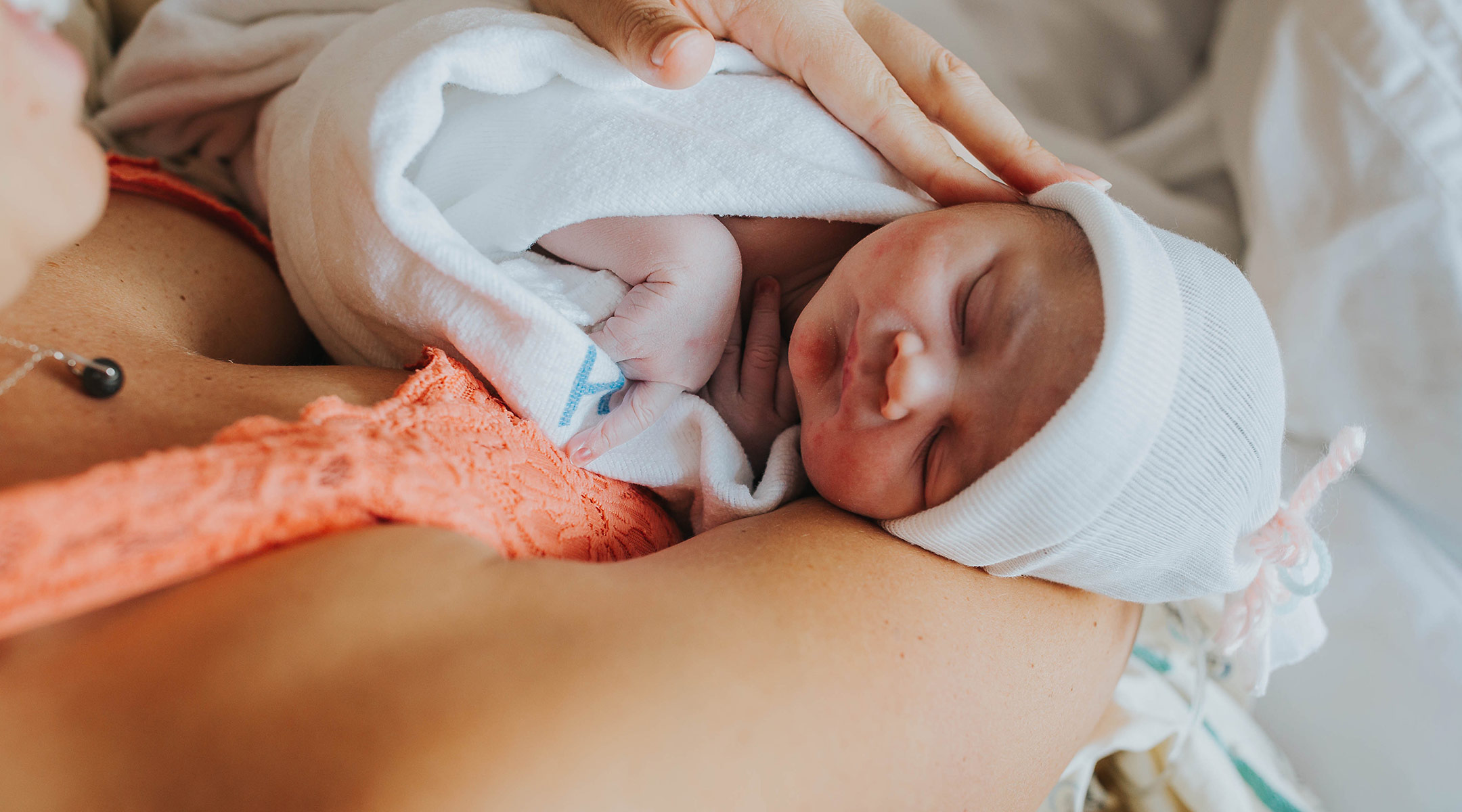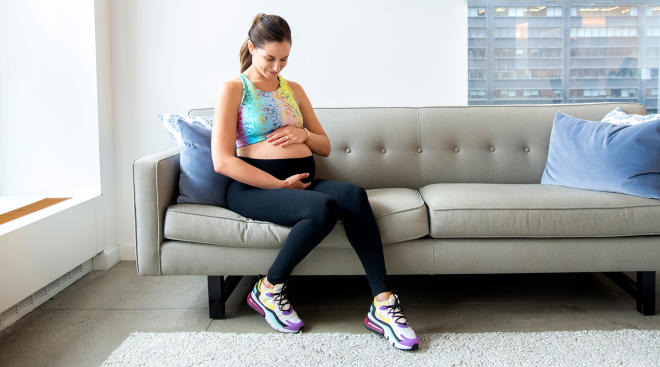Viral Photo Shows How a Woman’s Bones Actually Move During Labor
Women’s bodies are capable of incredible things. Not only do our uteruses expand and organs shift during pregnancy, but our bones actually move during childbirth to make room for baby’s exit. And it was clearly captured in a doula’s now-gone-viral photo.
Heads up: The image is a bit graphic, but it sure is eye-opening.
The photo, taken by North Dallas Doula Associates and posted on their Facebook account, shows a big lump on the back of an anonymous woman in labor. The caption—which was sourced from the words of midwife Jean Sutton, who studied posture and positioning during labor—explains that the visible bump is the rhombus of Michaelis, a kite-shaped part of the lower spine that includes the sacrum and three lower lumbar vertebrae. And—get this—those bones actually move back during the second stage of birth to widen the diameter of your pelvis, making room for baby’s shoulders and easing their exit from the womb. (Isn’t Mother Nature smart?)
The incredible capture of that moment has been causing waves across the internet, with tons of moms chiming in with their own experiences during labor. “My husband told me about this! I gave birth on my knees and he said the base of my back pushed out. Fascinating to see a photo of it,” one woman shared.
“The more I read about childbirth and labour the more new things I learn about our bodies as women. It’s truly an amazing experience. Powerful, exhilarating and I truly feel like the goddess I am to bring like into this world,” another woman wrote.
While some women experience the rhombus of Michaelis shifting during birth, others might not, depending on what position you’re laboring in. (It’s more likely to happen in women who give birth on all-fours or kneeling.) Wondering what else you can expect during labor? Every mom’s birth story is different, of course, but here’s a breakdown of what happens during the different phases and stages of birth.
Please note: The Bump and the materials and information it contains are not intended to, and do not constitute, medical or other health advice or diagnosis and should not be used as such. You should always consult with a qualified physician or health professional about your specific circumstances.
Navigate forward to interact with the calendar and select a date. Press the question mark key to get the keyboard shortcuts for changing dates.





















































